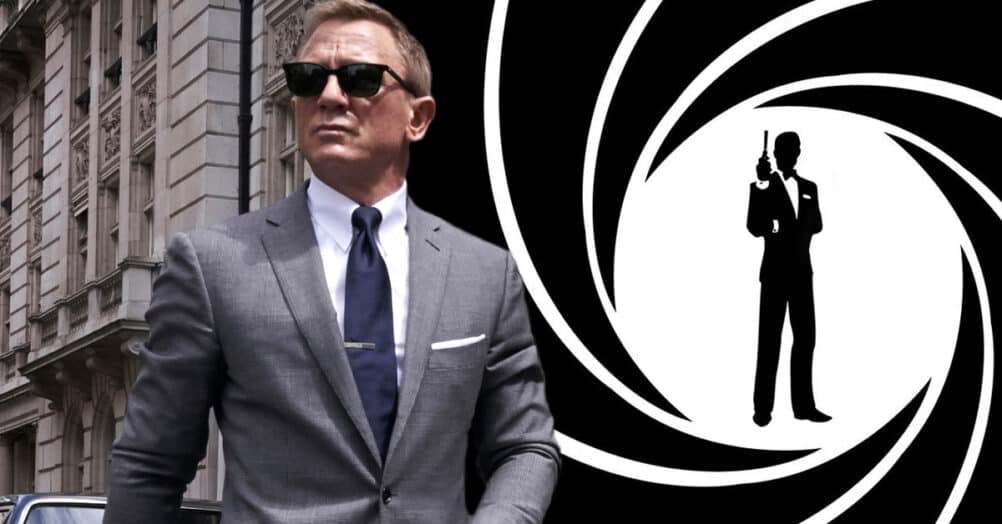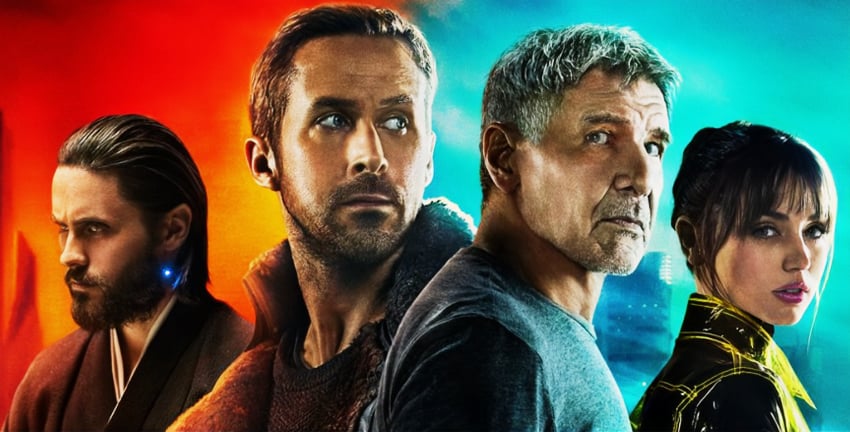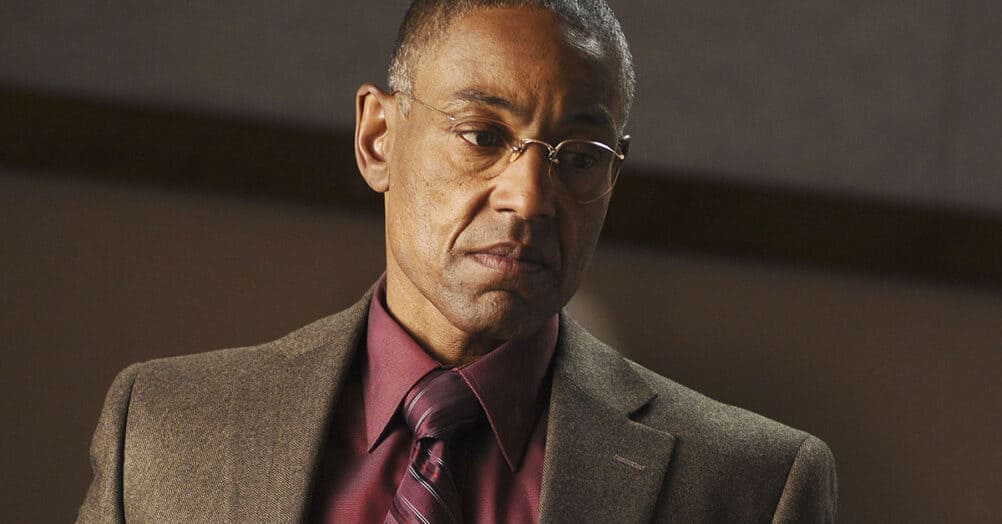
|
 Review Date:
Director: Phillip Noyce
Writer: Christine Olsen
Producers: Phillip Noyce, Christine Olsen
Actors:
Kenneth Branagh as A.O. Neville Everlyn Sampi as Molly Craig Tianna Sansbury as Daisy Craig |
|---|
For a film starved for content to fill its languid runtime, this movie managed to leave much of the more interesting facts about this historical horror in the background, and concentrate more on the plight of these three little girls instead…three girls who as actors, incidentally, didn’t do much for me either. I’m not usually one to complain about kids’ acting skills in movies, seeing as they are just kids and manage as best they could most of the time, but in this case, it felt like these children really didn’t know what they were doing most of the time. One specific scene of one of the girls breaking down was supposed to be an emotional moment in the story, but all I saw was the camera panning away and some ‘phony’ sobbing sounds inserted over the score. Why not show more of the mom and how she missed her kids? Why not show more moments of the kids crying or running out of food, etc…? The moment-to-moment rough nature of their trek was not established in the picture, and one month’s time would pass in the bat of an eye. There were also very few “obstacles” for the girls along the way, as most people seemed to want to help them, creating even less drama (I know that this may sound like I’m bashing a real-life event, but the truth is that this is a movie…not a documentary and it really needs to connect in certain ways). And when that whole “spirit eagle” thing kicked in, I thought I was in movie cliché heaven. Overall, I think this topic might’ve been interesting as a documentary (an important cause does not a great movie make), but other than the basic idea behind the story, the film failed to engage me on any level, and other than its scenic photography, Kenneth Branagh’s competent showing as the man leading the misguided hunt, the creepy “tracker” dude who should be hired to play a “heavy” in a Hollywood blockbuster…I can’t say that there was much about this film that I could recommend to anyone. Read any book based on the subject instead.

















Follow the JOBLO MOVIE NETWORK
Follow us on YOUTUBE
Follow ARROW IN THE HEAD
Follow AITH on YOUTUBE